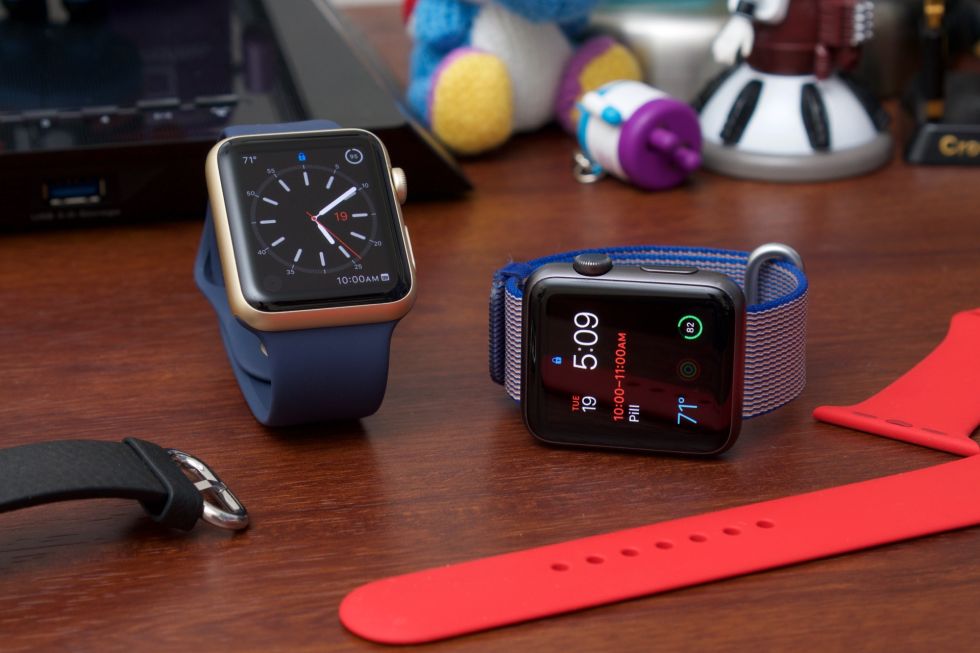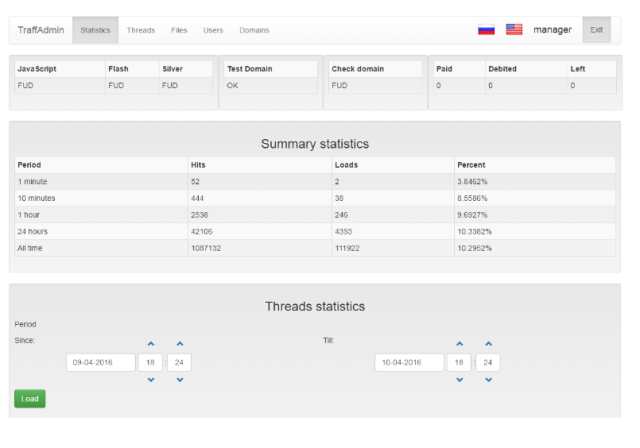
Enlarge / The Apple Watch is turning one. How has its first year treated it? (credit: Andrew Cunningham)
About a year ago, Apple announced and released its first Apple Watch. The long-rumored product was Apple’s first all-new product category since the iPad and its first under CEO Tim Cook. To say that expectations were high would be an understatement.
To date, we don’t really know much about how the Apple Watch has sold—Apple folds it into the “Other products” category along with the iPod, the Apple TV, Beats headphones, Airport routers, iPhone and iPad cases and covers, and whatever other little odds and ends the company sells. While revenue for that category has increased year-over-year by a significant margin since the Watch was introduced, the only thing we can really infer from that fact is “someone somewhere must be buying Apple Watches.”
However well it's selling, Apple's strategy with new products is to release them and then iterate continuously, working until all of the biggest complaints about the first-generation model have been addressed (or until people have forgotten about them or moved on to something else). After a full year of wearing the Apple Watch every single day, it's time to revisit the hardware, software, and some things I looked at in our original review to see where the platform is and where I think it ought to go in the next year or two.

 In den USA gibt es eine skurrile Diskussion über die Arbeitsbedingungen in der Games-Branche. Deutsche Spielefirmen würden sich solche Luxusprobleme fast schon wünschen: Sie suchen nach Mitarbeitern. Golem.de hat darüber unter anderem mit Crytek und Blue Byte gesprochen. Die Studios haben mittlerweile viel zu bieten. (
In den USA gibt es eine skurrile Diskussion über die Arbeitsbedingungen in der Games-Branche. Deutsche Spielefirmen würden sich solche Luxusprobleme fast schon wünschen: Sie suchen nach Mitarbeitern. Golem.de hat darüber unter anderem mit Crytek und Blue Byte gesprochen. Die Studios haben mittlerweile viel zu bieten. ( Das Google Cloud CDN ist noch eine Beta. Doch die Betreiber des Blogs Speedchecker sind nach einem ersten Test des Content Delivery Networks begeistert, weil es einen neuen Ansatz verfolgt. (
Das Google Cloud CDN ist noch eine Beta. Doch die Betreiber des Blogs Speedchecker sind nach einem ersten Test des Content Delivery Networks begeistert, weil es einen neuen Ansatz verfolgt. ( Das ist eine Premiere: Erstmals gibt es eine Vorabversion von Android auch für Geräte, die nicht von Google stammen. Den Anfang macht das Xperia Z3 von Sony, in Kürze sollen weitere Smartphones anderer Hersteller folgen. (
Das ist eine Premiere: Erstmals gibt es eine Vorabversion von Android auch für Geräte, die nicht von Google stammen. Den Anfang macht das Xperia Z3 von Sony, in Kürze sollen weitere Smartphones anderer Hersteller folgen. ( Bei der Suche nach effizienteren Wegen, Strom aus Sonnenlicht zu erzeugen, ist das natürliche Sonnenlicht das größte Hindernis. Anstatt bessere Solarzellen zu bauen, versuchen einige Forscher, an besseres Sonnenlicht heranzukommen. (
Bei der Suche nach effizienteren Wegen, Strom aus Sonnenlicht zu erzeugen, ist das natürliche Sonnenlicht das größte Hindernis. Anstatt bessere Solarzellen zu bauen, versuchen einige Forscher, an besseres Sonnenlicht heranzukommen. ( Apple hat in den USA ein Patent für einen Drahtlos-Kopfhörer mit Kabel eingereicht. Diese Hybridkonstruktion ist kontinuierlich per Bluetooth verbunden, damit die Musik beim Lösen der Lightning-Kabelverbindung weiterspielen kann. (
Apple hat in den USA ein Patent für einen Drahtlos-Kopfhörer mit Kabel eingereicht. Diese Hybridkonstruktion ist kontinuierlich per Bluetooth verbunden, damit die Musik beim Lösen der Lightning-Kabelverbindung weiterspielen kann. ( Der Vorteil der Opposition besteht darin, sehr weitgehende politische Forderungen stellen zu können. Die Wünsche der Grünen zur Kontrolle der Geheimdienste dürften der großen Koalition daher gar nicht gefallen. (
Der Vorteil der Opposition besteht darin, sehr weitgehende politische Forderungen stellen zu können. Die Wünsche der Grünen zur Kontrolle der Geheimdienste dürften der großen Koalition daher gar nicht gefallen. ( Können sich Menschen im All vermehren? Ein chinesisches Experiment hat gezeigt, dass es möglich sein kann: Befruchtete Mäusezellen entwickeln sich bei Mikrogravitation weiter. Ein Kritiker ist jedoch noch nicht überzeugt. (
Können sich Menschen im All vermehren? Ein chinesisches Experiment hat gezeigt, dass es möglich sein kann: Befruchtete Mäusezellen entwickeln sich bei Mikrogravitation weiter. Ein Kritiker ist jedoch noch nicht überzeugt. ( Die Lenovo-Tochter ZUK hat mit dem Z2 Pro ein Android-Smartphone mit Topausstattung vorgestellt, das umgerechnet nur 370 Euro kostet. Zu den Highlights zählen ein Snapdragon-820-Prozessor, 6 GByte RAM und insgesamt zehn Fitness-Sensoren. (
Die Lenovo-Tochter ZUK hat mit dem Z2 Pro ein Android-Smartphone mit Topausstattung vorgestellt, das umgerechnet nur 370 Euro kostet. Zu den Highlights zählen ein Snapdragon-820-Prozessor, 6 GByte RAM und insgesamt zehn Fitness-Sensoren. (